One of the styles of dance that I had to become proficient in when I started dancing on the Arabic Gulf and North African circuit is Debke. Now it's become one of my favorite topics to teach in workshops partly because I'm a sucker for the music but also because it's fun to share with others what I've learned in the Middle East.
Debke songs are so great to me because they manage to be totally earthy and soulful and at the same time totally upbeat and fun. One of the reasons I like teaching this style so much is that it's often a new style for the students. Many are familiar with Saidi and/or cane dances, but Debke style cane dances are usually new to them.
So what exactly is Debke style dance? Debke is a folk dance from the areas of Syria, Lebanon and Palestine. It is typically a line dance and traditionally to a 6 count meter. Both men and women do Debke, and the men's style can get get quite athletic with jumps, squats and I've even seen summersaults thrown in!.
Now there is a discrepancy between traditional Debke dance/music to what we dance and dance to in a Debke inspired number at a night club. First off, the music for a Debke inspired piece is rarely a 6. Most of the songs are Lebanese pop songs by artists like Fares Karam, Nagwa Karam and Melhem Zein (to name just a few) and they are usually in a 4/4 meter, but have a folkloric sound (what I call 'mountainy' or 'jebali') which is reminiscent of a traditional Debke.
It's probably this folkloric sound which has created the parallel between Saidi and Debke in the night club setting. Apart from the heavy 4/4 rhythms (Saidi, Beledy, Nawari amongst other rhythms) Debke like Saidi can also feature double reeds like Mizmars. Rhythmically and instrumentally they are close enough to be interchangeable in a medley for example. I have danced to Saidi and Lebanese 'Debke Pop' across the Middle East, including in Egypt.
So what are the differences and similarities between Debke and Saidi dance wise? Traditionally the differences are pretty big. Debke is primarily a line dance and Saidi is not. Both are very earthy and heavy, but my opinion Saidi is more so. Jumping can be seen in both but Debke style jumping is higher energy, faster, often lighter in the feet where as Saidi jumps are once again heavier and perhaps more spars. In a night club setting you can use canes as prop for both Debke and Saidi but the Lebanese style is much faster and therefore the cane is much slimmer. I joke that sometimes you can't even see the cane because it's just a blur, but you might hear the whoosh of it!
Here is a clip of a Debke combo (to a 4/4 meter) from one of my classes
If you want to see some more videos I've compiled a playlist of Debke videos that you can find on my youtube channel. Apart from this playlist I have some others and I often add videos.
https://www.youtube.com/watch?v=79Wo75Uwo_8&list=PLbjn4nzNY02HGDHAGPElo-rzqCq6Wb3XP&index=2
For more info on the Debke workshops I teach click here.
Lastly if you want to see Debke live sign up for one of my Dubai dance trips here ;)



